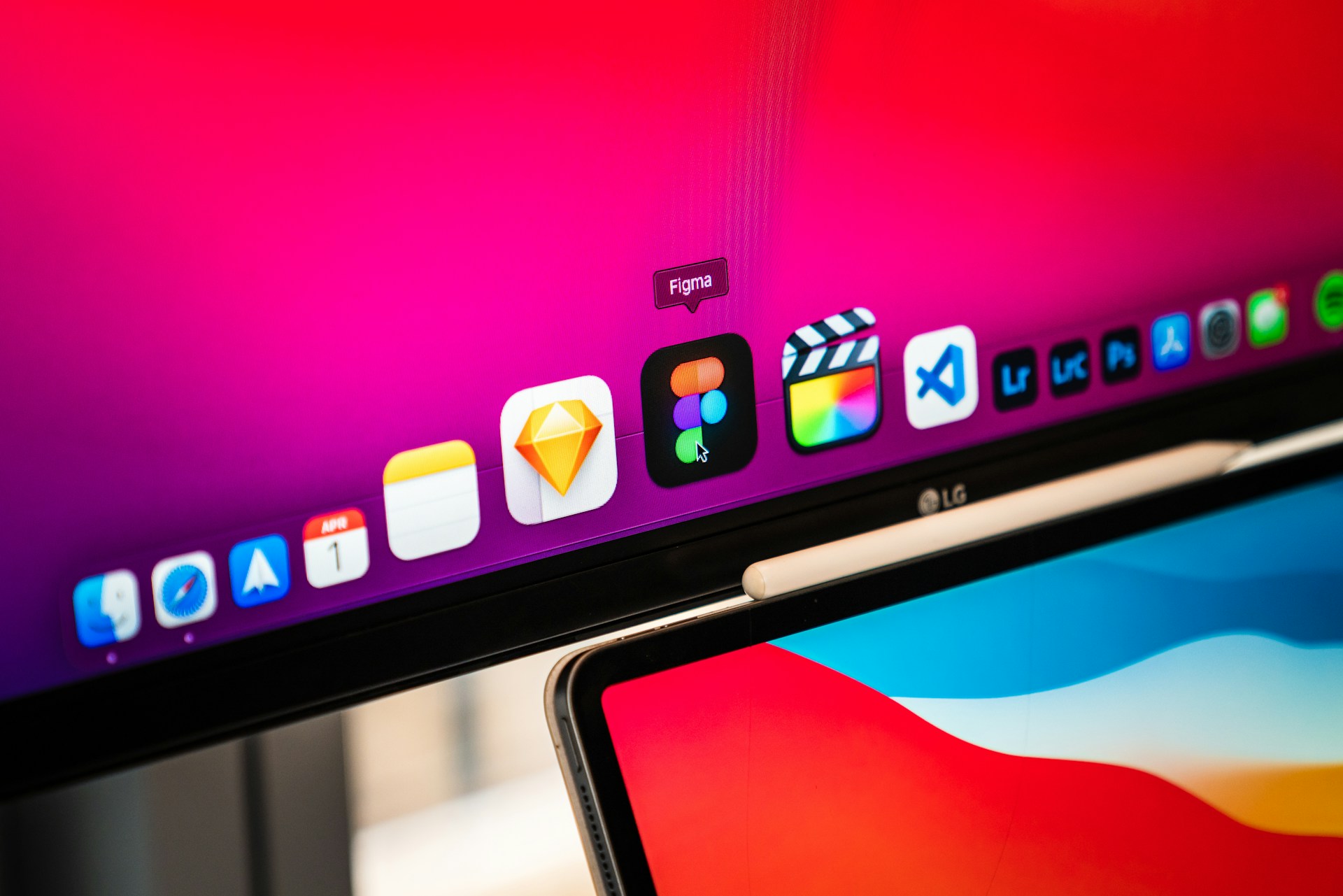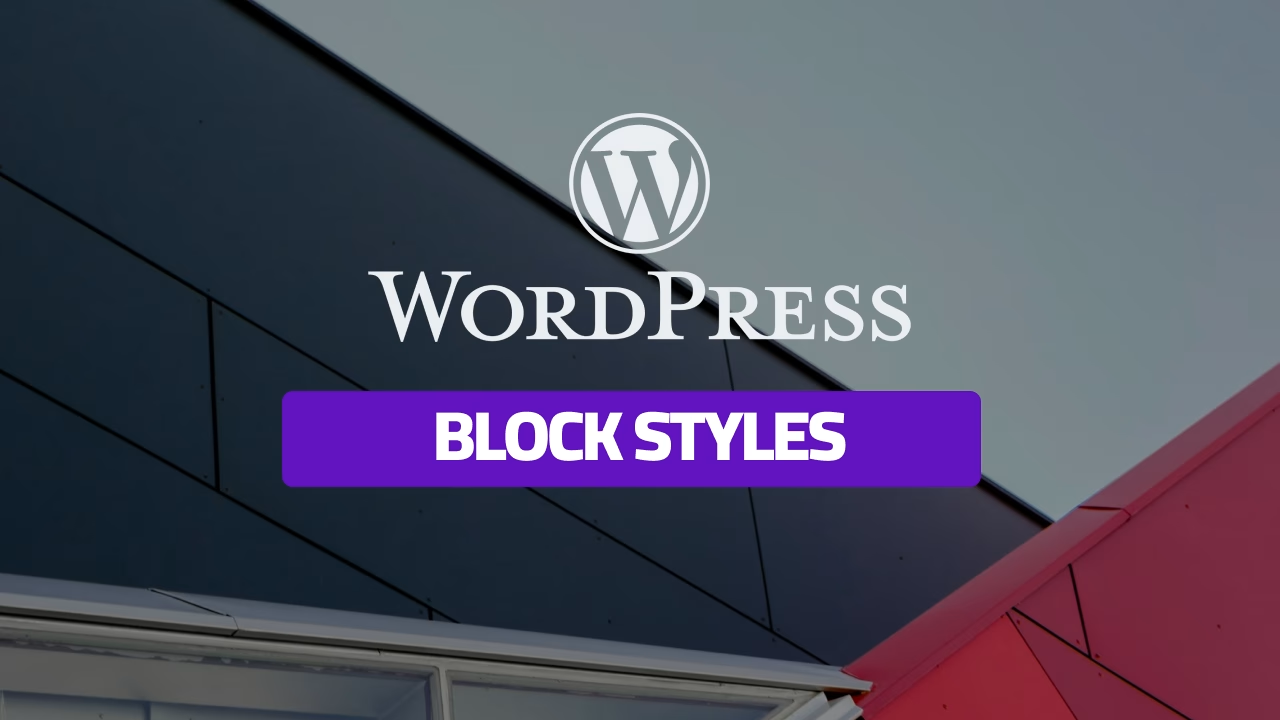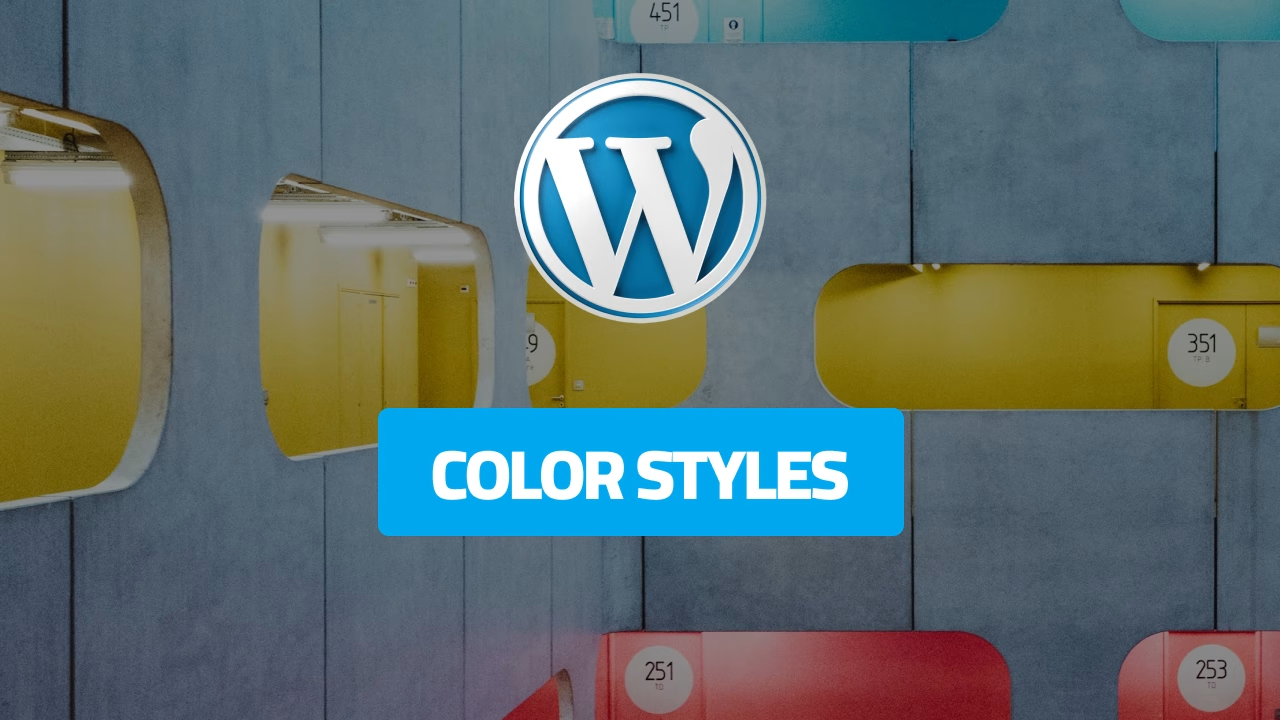Figma has become a go-to tool for designers worldwide, thanks to its powerful features and collaboration capabilities. But to truly master Figma, you need to dive deeper into expert tips that can dramatically improve your workflow. In this comprehensive guide, we will explore a wide range of Figma tips designed to help you work smarter, not harder. By implementing these techniques, you’ll be able to create, edit, and manage your designs more efficiently, all while maintaining a high level of quality.
This article serves as your central hub for Figma tips, linking to detailed guides that will help you become more proficient in using Figma’s features to their fullest potential.
Table of Contents:
- Why Figma Tips Matter for Designers
- Key Figma Tips for Streamlining Your Workflow
- 1. Using Shared Color Styles in Figma
- 2. Importing Styles from Another Figma File
- 3. Sharing Styles with Your Team
- 4. Importing Components from Another Figma File
- 5. Scaling Shapes and Icons
- 6. Resizing Frames Efficiently
- 7. Creating and Managing Color Styles
- 8. Using Layout Grid Styles
- 9. Creating and Detaching Effect Styles
- 10. Adding Auto Layout
- 11. Removing Constraints
- 12. Adding Blur Effects
- 13. Cropping Images
- 14. Creating Layer Masks
- 15. Bending Shapes
- 16. Merging Layers
- Advanced Figma Tips and Techniques
- Best Practices for Efficient Figma Workflows
- Conclusion and Next Steps
Why Figma Tips Matter for Designers
When working in Figma, it’s easy to get lost in endless design possibilities, but efficiency is key. By leveraging these Figma tips, you’ll:
- Save Time: Spend less time on repetitive tasks and more on creativity.
- Boost Productivity: Achieve faster turnaround times for projects.
- Enhance Collaboration: Create a smooth, organized workflow for your team.
Let’s dive into the key Figma tips that will help you work more efficiently.
Key Figma Tips for Streamlining Your Workflow
1. Using Shared Color Styles in Figma
Color consistency is crucial in design. Figma allows you to create and use shared color styles, ensuring uniformity across your projects. Learn how to implement this in our detailed guide: Use Shared Color Styles in Figma.
Key Benefits:
- Ensures brand consistency
- Simplifies updates across multiple designs
2. Importing Styles from Another Figma File
Working on multiple projects often means reusing certain styles. Instead of recreating them, you can import styles directly from other Figma files. Check out: Import Styles from a Different Figma File.
Key Benefits:
- Reduces repetitive work
- Maintains design consistency
3. Sharing Styles with Your Team
Collaborative design requires shared resources. Learn how to share styles with your team to ensure everyone stays on the same page: Share Styles with Your Team in Figma.
Key Benefits:
- Enhances teamwork
- Speeds up the design process
4. Importing Components from Another Figma File
Reusing components across projects is a huge time-saver. Understand how to do it efficiently in: Import Components from Another Figma File.
Key Benefits:
- Ensures consistency
- Saves design time
5. Scaling Shapes and Icons
Scaling icons or shapes without losing quality can be tricky. Discover how to scale up your design elements effortlessly: Scale Up a Shape or an Icon in Figma.
6. Resizing Frames Efficiently
Frames are the foundation of any design in Figma. Master resizing them with this guide: Figma Tips – Resize a Frame.
Key Benefits:
- Improves layout flexibility
- Enhances design precision
7. Creating and Managing Color Styles
Create your custom color styles for quick application across your designs: Create a Color Style in Figma.
8. Using Layout Grid Styles
Grids help maintain alignment and structure. Learn how to create a layout grid style: Create a Figma Layout Grid Style.
9. Creating and Detaching Effect Styles
Effect styles like shadows and blurs can be easily managed. Find out how to create and detach these styles in: Create an Effect Style and Detach an Effect Style.
10. Adding Auto Layout
Auto layout is a game-changer for responsive design. Learn how to add auto layouts: Add Auto Layout in Figma.
11. Removing Constraints
Constraints are useful, but sometimes they can limit your creativity. Understand how to remove them: Remove Figma Constraints.
12. Adding Blur Effects
Adding blur effects can enhance your designs, creating depth and focus. Learn more: Add Blur Effect in Figma.
13. Cropping Images
Cropping images directly within Figma is an essential skill. Check out our guide: Figma Tips – Crop Image.
14. Creating Layer Masks
Layer masks allow you to control the visibility of certain elements within a layer. Learn how to master them: Create a Layer Mask in Figma.
15. Bending Shapes
Get creative by bending shapes to fit your design needs. Find out how in: Bend Shapes in Figma.
16. Merging Layers
Combine multiple layers into one to simplify your design process. Learn how: Merge Two Layers in Figma.
Advanced Figma Tips and Techniques
Once you’ve mastered the basics, explore advanced Figma techniques to take your designs to the next level. These include:
- Prototyping: Learn how to create interactive prototypes.
- Design Systems: Discover how to build comprehensive design systems within Figma.
Explore our detailed articles to gain more insights on these advanced topics.
Best Practices for Efficient Figma Workflows
- Organize Your Layers: Name and group your layers for easy navigation.
- Use Auto Layout: Ensure your designs are responsive and adaptable.
- Leverage Components: Reuse elements across projects to maintain consistency.
For a deep dive into these practices, check out our related articles on Organizing Your Designs.
Conclusion and Next Steps
By implementing these Figma tips, you’ll drastically improve your design efficiency, collaboration, and overall project quality. Start by exploring one of the guides mentioned above and gradually incorporate these tips into your workflow.




